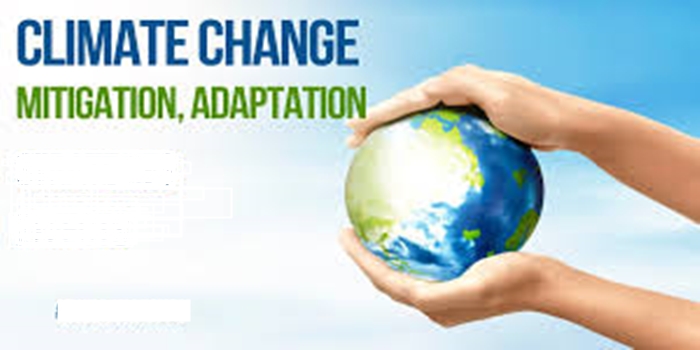In this article, we discussed the meaning of climate change mitigation, the examples, the benefits, we also talked about the strategies.
Definition
Climate change mitigation is the action taken to reduce or prevent greenhouse gases (GHGs) from entering the atmosphere. The goal of mitigation is to make the impacts of climate change less severe.
Examples of climate change mitigation include:
Examples of climate change mitigation include:
Renewable energy: Using renewable energy sources instead of fossil fuels
Energy efficiency: Improving the efficiency of energy use
Carbon capture: Storing carbon dioxide (\(CO_{2}\)) underground instead of releasing it into the atmosphere
Planting trees: Trees absorb \(CO_{2}\) from the air and store it as they grow
Protecting forests: Preserving existing forests and reducing deforestation
Regenerative agriculture: Using farming practices that support
Wildlife conservation: Supporting wildlife and their habitats to maintain the carbon cycle
Ocean protection: Protecting the ocean, which produces oxygen through photosynthesis.
The Benefits of Climate change mitigation
Environmental benefits:
Stabilizing global temperatures, preventing further warming.
Reduced frequency and intensity of extreme weather events like heatwaves, floods, droughts, and storms.
Preservation of ecosystems and biodiversity.
Protection of coastlines from sea level rise.
Economic benefits:
Job creation in renewable energy sectors.
Cost savings through energy efficiency improvements.
Reduced healthcare costs associated with climate-related illnesses.
Potential for new markets and technological advancements.
Social benefits:
Improved public health by reducing air pollution.
Increased food security by stabilizing agricultural yields.
Enhanced community resilience to climate change impacts.
Promotion of environmental justice and equity.
Examples of climate change mitigation actions:
Energy sector: Switching to renewable energy sources like solar, wind, and geothermal.
Transportation: Promoting electric vehicles and public transportation.
Buildings: Enhancing energy efficiency in homes and businesses.
Agriculture: Implementing sustainable farming practices to reduce emissions.
Forestry: Protecting and restoring forests to act as carbon sinks.
Climate change mitigation strategies include:
Energy efficiency: Use less energy and make your energy use more efficient
Renewable energy: Use more renewable energy sources
Sustainable agriculture: Use regenerative agricultural practices, like cover crops, and reduce synthetic fertilizers
Forest protection: Protect and restore forests and other critical ecosystems
Waste management: Reduce food waste, compost food, and use a waste hierarchy that includes prevention, reuse, recycling, recovery, and disposal
Transportation: Use public transportation, buy locally-grown products, and reduce the use of gasoline-powered tools
Food choices: Eat less meat and more plant-based foods, and reduce food waste
Consumption: Reduce the amount of stuff you buy and think about your purchasing decisions
International cooperation: Work with other countries to achieve global and national mitigation goals.
Conclusion
Climate change mitigation refers to actions taken to reduce or prevent greenhouse gas emissions from human activities, aiming to lessen the impacts of climate change by transitioning to renewable energy sources, improving energy efficiency, implementing sustainable agricultural practices, and protecting and restoring natural ecosystems like forests, essentially aiming to minimize the flow of heat-trapping gases into the atmosphere.

